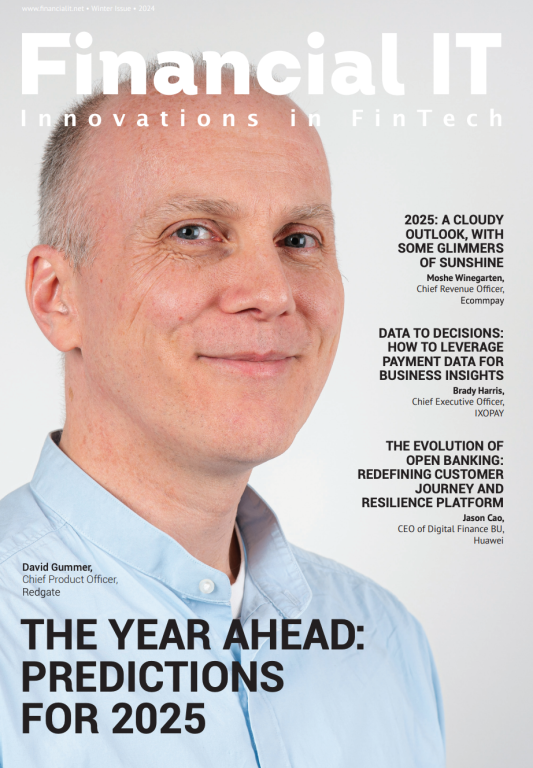How will UK consumers use Apple Pay?

- David Abbott, Payments Lead EMEA at Fiserv
- 15.07.2015 01:00 am payments , Apple Pay
While the introduction of Apple Pay in the UK offers an exciting new payments functionality for UK consumers, Apple faces several challenges if it is to meet a similar level of consumer adoption to that in the US.
The largest of these is the prevalence of card based contactless payments systems already in use with consumers. People are used to tapping their card to buy smaller items, or even to pay travel fares for short journeys. While an iPhone can certainly be used in a similar fashion, there is limited incentive from a consumer point of view to invest in the hardware just for its payments capability. It is also possible that consumers will think twice about using a very expensive mobile phone to very publically pay for items of small value.
It will therefore be very interesting to see how Apple Pay takes off in the UK as opposed to the US. In the US, where contactless payments methods are relatively new, the rate of uptake has been largely confined to early adopters. Consumers have already adopted the technology in the UK, with contactless payment limits expected to rise from £20 to £30 in September. As such Apple could see a faster adoption of the technology, or they may need to make the most of their brand power to explain how this differs from existing contactless payments methods, and why customers should use Apple Pay instead of their contactless card.
From a business perspective, the UK is rapidly moving to a low interchange environment which means that any additional costs for payments processing will go against the market trend for merchants. This is a consideration that cannot be ignored as Apple tries to grow its share of the payments market.
Despite these challenges, Apple Pay is a highly innovative payment option that will have appeal for both Apple fans and consumers who see Apple Pay as a bonus feature on their smartphones. There have been 12 years of hype around mobile payments, and this announcement represents a real change for the industry. We’re seeing an invigoration in payments across the sector, with emergent payments methods coming to fruition, an uptick in consumer usage and merchants ensuring that they have the latest technology to fulfil transactions. As such this could well be the perfect time for the roll-out of this technology.





















